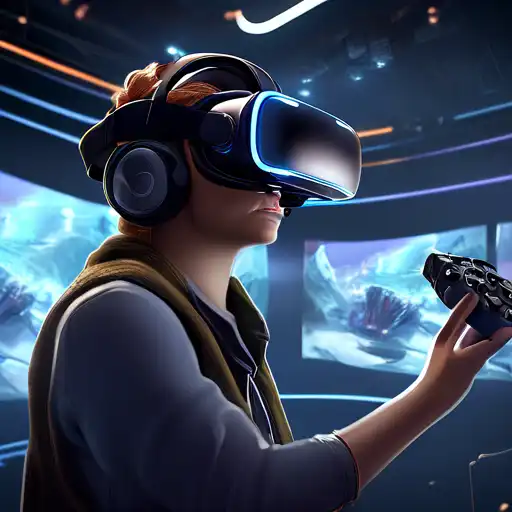Understanding the Complexities of VR Content Development
Virtual Reality (VR) has emerged as a groundbreaking technology, offering immersive experiences that were once the stuff of science fiction. However, the path to creating compelling VR content is fraught with challenges that developers must navigate. From technical limitations to creative constraints, the process demands a unique blend of skills and innovation.
Technical Limitations and Hardware Diversity
One of the primary hurdles in VR content development is the vast array of hardware available. Each VR headset comes with its own set of specifications, requiring developers to optimize content for multiple platforms. This not only increases development time but also complicates the testing process, as content must be verified across all target devices.
High Development Costs
Creating VR content is an expensive endeavor. The need for specialized software, high-end hardware, and skilled personnel can quickly escalate costs. Small studios and independent creators often find it challenging to compete with larger companies that have more resources at their disposal.
User Experience and Motion Sickness
Ensuring a comfortable user experience is paramount in VR development. Motion sickness remains a significant issue, with many users experiencing discomfort during or after VR sessions. Developers must carefully design movements and interactions to minimize these effects, which can limit creative freedom.
Content Length and Engagement
Unlike traditional media, VR experiences are typically shorter due to the intensity of immersion. Keeping users engaged without overwhelming them is a delicate balance. Developers must craft narratives and environments that captivate users while respecting the medium's unique demands.
Strategies for Overcoming VR Development Challenges
Despite these obstacles, there are strategies that can help mitigate the challenges of VR content development. Leveraging cross-platform development tools can reduce the burden of hardware diversity, while iterative design processes can help refine user experiences. Additionally, focusing on niche markets can allow smaller developers to carve out a space in the competitive VR landscape.
For those interested in exploring the potential of VR further, consider reading about the future of virtual reality and how it's shaping industries beyond gaming and entertainment.
Conclusion
The journey of VR content development is complex, but the rewards can be immense. By understanding and addressing the challenges head-on, developers can unlock the full potential of virtual reality, creating experiences that are as technically impressive as they are emotionally resonant. As the technology continues to evolve, so too will the opportunities for innovation in VR content creation.
